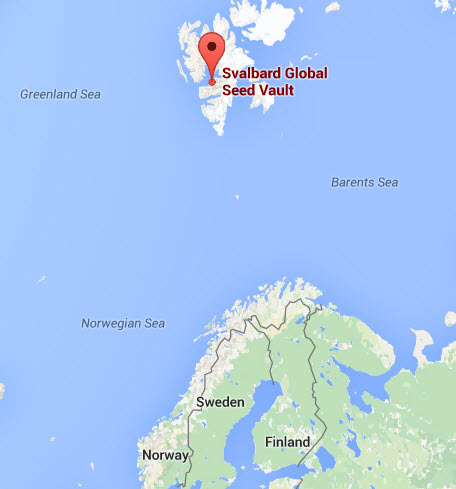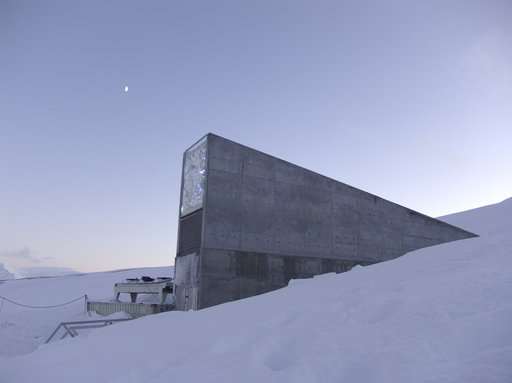Officials say none of the seeds inside were damaged
By Diego Flammini
Assistant Editor, North American Content
Farms.com
Norwegian officials are planning to upgrade the Svalbard Global Seed Vault after melting permafrost caused it to flood on May 19.
Statsbygg, a state construction group responsible for the vault’s upgrades, plans to remove heat sources in (an) access tunnel to protect against water intrusion, and to construct drainage ditches and waterproof walls, the company said in a May 20 release.

Known as the “Doomsday” vault, the facility is located about 620 miles from the North Pole and buried in the side of a mountain. It contains nearly one million seed samples from countries around the world. In the case of a global catastrophe, the seeds would be withdrawn to replenish crops.
As far as the seeds themselves, they “have never been threatened and will remain safe during (the) implementation of (the upgrades),” Statsbygg said in its release.
The vault’s location keeps the temperature inside around -4 C (24 F). But experts suggest climate change could be the reason for the flood.
“The Arctic and especially Svalbard warms up faster than the rest of the world,” Ketil Isaksen, a climate scientist with Norway’s Meterological Institute, told Dagbladet, a local newspaper. “The climate is changing dramatically and we are all amazed at how quickly it is (happening).”
Water entered the start of the tunnel before the actual vault and froze. Now, personnel are on site around the clock to ensure the seeds are safe.
The vault “was supposed to operate without the help of humans but now we are watching the seed vault 24 hours a day,” Hege Njaa Aschim, a Norwegian government spokesperson, told The Guardian. We must see what we can do to minimize all the risks and make sure the seed bank can take care of itself.”

The Svalbard Global Seed Vault
Photo: Flickr
The vault opened in 2008 and cost around £6 million (US$7.7 million) to build.
In 2015, Syria became the first and only country to date to make a withdrawal from the vault.